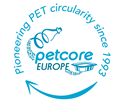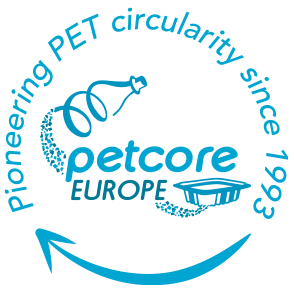The European Union directive concerning Packaging and Packaging waste (2004/12/EC) stipulates that Member States must set up a collection system for recovering used packages. However, it is up to each single Member State to decide on the collection method that is most suited.
Post-consumer waste collection schemes that are in place in the various Member States (and the EU candidate countries) are the following:
Kerbside collection
requires that citizens separate recyclable materials from their other household refuse, by putting them in specific waste bags. The bags are then collected from each household. Typically, 40% to 60% of targeted recyclables are returned through this type of collection. Kerbside collection is convenient for households, but it is equally so for reclaimers as it offers the advantage of a low degree of material contamination. Furthermore, since a wide range of recyclables is included in this type of collection, overall costs can be reduced quite significantly.
Drop-off locations
require citizens to collect their recyclables and dispose of them at specific locations. Usually, about 10% to 15% of recyclables are recovered through this method. Drop-off collection entails quite a high contamination level (10% - 30%).
The refill and deposit system
entails bottles to be sold with refundable deposits. Those are redeemable upon return of the bottle to participating retailers (e.g. by using reverse vending machines that accept used beverage containers and return money to the user). Deposits may be charged on both refillable and single-use PET bottles. This approach is most common in Denmark, Sweden, Norway, Finland, the Netherlands and Germany. PET deposit programmes achieve very high return rates (90%) with very low levels of contamination of the post-consumer PET, but on the other hand, are a barrier to cross-border trade.


